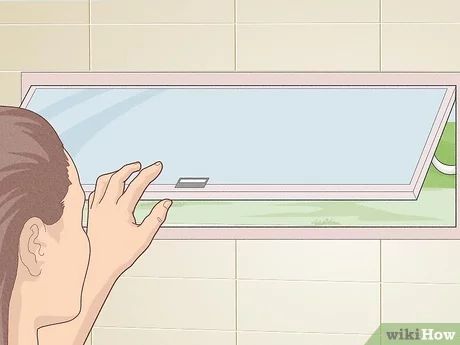3 Ways to Caulk

Introduction
Caulking is an essential task for any homeowner, DIY enthusiast, or professional looking to seal joints and gaps around windows, doors, sinks, and other areas. It not only improves the appearance of surfaces but also prevents water intrusion, air leaks, and drafts. With countless options available in the market and varying techniques to execute, knowing how to efficiently caulk can be overwhelming for many. In this article, we will highlight three ways to caulk that best suits your needs.
1.Handheld Caulking Gun Method
A handheld caulking gun is the most common and popular way to apply caulk. This tool offers great control and precision during application but requires some level of skill.
– Step 1: Preparation
Remove any old or loose caulk from the area you are working on using a utility knife or scraper. Clean the surface thoroughly with a brush or cloth and let it dry before proceeding.
– Step 2: Load the Caulking Gun
Cut the tip of the caulk tube at a 45-degree angle to create an opening about 1/8 inch wide. Puncture the seal inside the tube using a long nail or wire before loading it into the caulking gun.
– Step 3: Apply Caulk
Hold the gun at a 45-degree angle and apply steady pressure on the trigger while moving along the joint or seam. Ensure you maintain a consistent speed throughout to achieve an even bead.
– Step 4: Smooth the Caulk
Use your finger or a caulking tool to smooth out the bead right after application. Wipe off any excess with a damp sponge before it dries.
2.Squeeze Tube Method
The squeeze tube method is ideal for smaller projects as it doesn’t require any additional tools. Bear in mind that this option might not offer immense control like a caulking gun.
– Step 1: Preparation
Follow the same preparation steps mentioned in the handheld caulking gun method.
– Step 2: Apply Caulk
Hold the squeeze tube with both hands and apply even pressure as you move along the joint, leaving a continuous bead of caulk.
– Step 3: Smooth the Caulk
Complete the process by smoothing out the bead and cleaning excess caulk with your finger or a damp sponge.
3.Aerosol Can Method
Aerosol caulk is a great option for those who may not be comfortable using traditional tools or tubes. This method is beginner-friendly but may produce less adhesive power than other options.
– Step 1: Preparation
Ensure you have removed any old caulk and cleaned the surface properly, as described in previous methods.
– Step 2: Apply Caulk
Shake the aerosol can well and hold it about 1 inch away from the surface. Spray the caulk along the joint in a consistent speed to maintain an even line. If necessary, apply a second coat once the first one has cured as per manufacturer instructions.
– Step 3: Smooth the Caulk
Finish it off by smoothing out the bead using your finger or a caulking tool and remove any excess with a damp sponge.
Conclusion
Now that you are aware of these three effective ways to caulk, choosing one best suited for your requirements is much easier. Always ensure to follow safety precautions, properly clean surfaces before application, and allow ample time for curing to guarantee long-lasting results.






